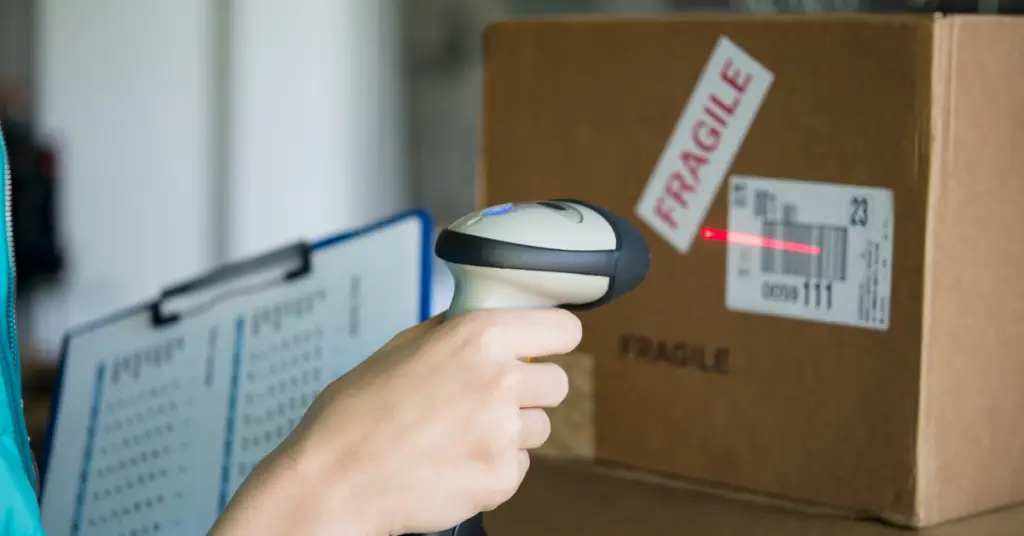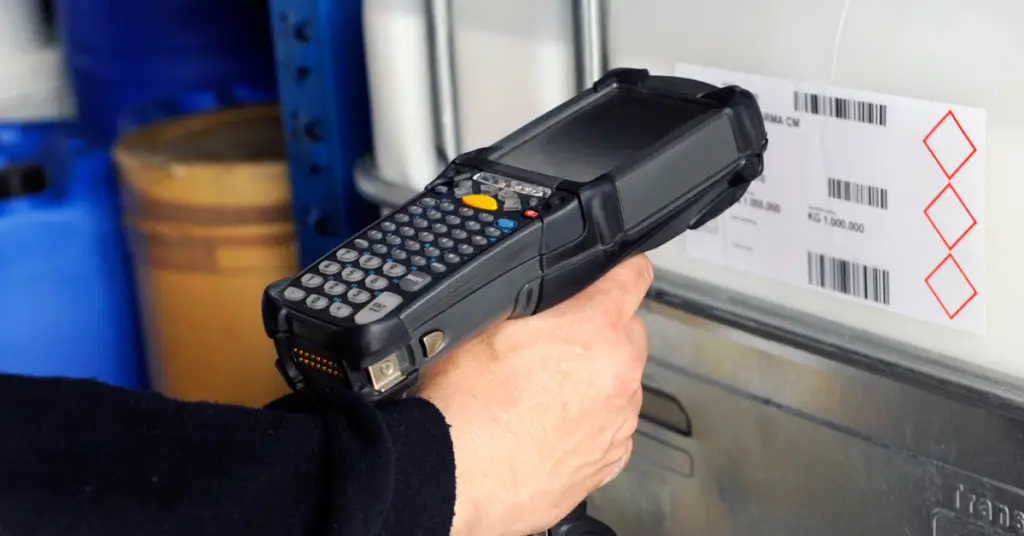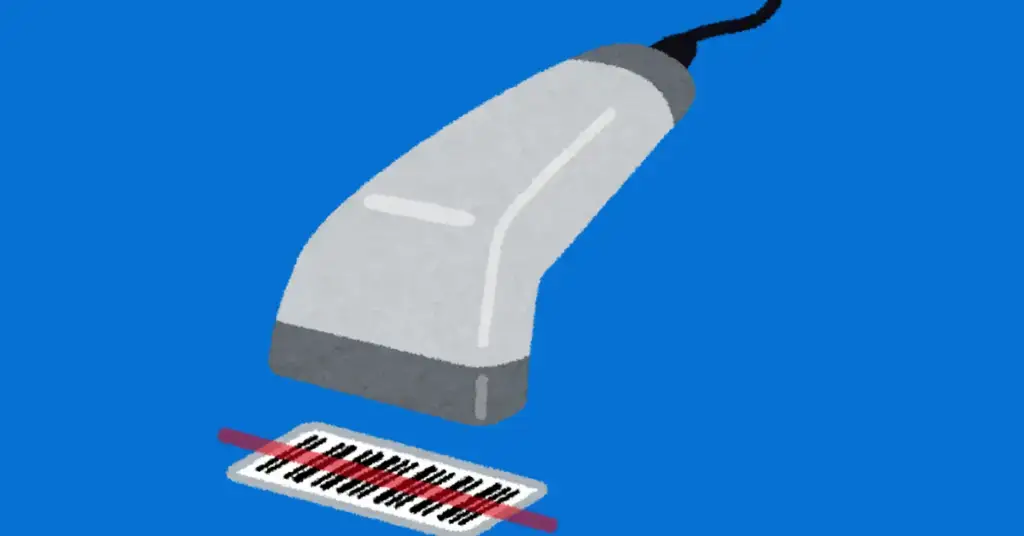The retail landscape is fast-paced, competitive, and highly dependent on efficiency. Retailers constantly seek ways to streamline operations, improve customer experience, and maintain accurate inventory records. One technology that has been a game-changer in achieving these goals is the barcode system. In this blog, we will explore how barcode systems work, their benefits for retail businesses, and how you can implement them to improve your store’s overall operations.
What is a Barcode System?

At its core, a barcode system is a method of encoding product information into a machine-readable format, allowing retailers to track products, manage inventory, and process transactions more efficiently. The system consists of barcodes (a pattern of parallel lines or squares) and barcode scanners that read and process the information encoded in these barcodes.
Types of Barcodes
Barcodes come in various forms, but the most commonly used types are:
- Linear Barcodes: Also known as 1D barcodes, these are the traditional barcodes consisting of vertical lines of varying widths. Common examples include UPC (Universal Product Code) and EAN (European Article Number) codes used on most retail products.
- 2D Barcodes: Unlike linear barcodes, 2D barcodes, such as QR codes, can hold more information, including URLs and text. They are often used in marketing campaigns or digital applications but can also be useful in retail for tracking more detailed product data.
Components of a Barcode System
A barcode system in retail comprises three main components:
- Barcodes: The printed or digital codes attached to products.
- Barcode Scanners: Devices that read and decode the barcode information.
- Software: Systems that integrate with inventory management, point-of-sale (POS), and customer databases to process the information from barcodes.
How Barcode Systems Work
The barcode system may seem simple, but it follows a sophisticated process of encoding and decoding information for quick access and accuracy.
Step-by-Step Process of Barcode Scanning
- Encoding Product Information: Every product is assigned a unique barcode that encodes information such as the product name, price, and stock-keeping unit (SKU).
- Scanning: A barcode scanner emits a beam of light that reflects off the barcode’s pattern. The scanner reads the pattern based on the reflection of light and converts it into a digital signal.
- Decoding: The scanner sends the digital signal to a connected software system, which decodes the barcode to retrieve the product’s data.
- Processing: The decoded information is then displayed at the point of sale or in the inventory system, updating records or initiating sales transactions.
Integration with Inventory and POS Systems
A barcode system doesn’t function in isolation. It integrates with inventory management software to automatically update stock levels in real time. Similarly, when connected to POS systems, it helps ensure that transactions are processed quickly and accurately, with product information instantly retrieved when scanned.
Benefits of Barcode Systems for Retail Businesses

1. Improved Inventory Management
One of the most significant advantages of a barcode system is its ability to improve inventory management. Barcodes allow for real-time tracking of stock levels, giving retailers immediate access to accurate data about which products are in stock, running low, or out of stock. This reduces the risk of overstocking or understocking, ensuring that the right products are available when customers need them.
2. Faster Checkout Process
Barcodes greatly speed up the checkout process by allowing cashiers to scan items quickly instead of manually entering product codes or prices. This efficiency leads to shorter wait times for customers, improving their shopping experience.
3. Enhanced Accuracy
By eliminating manual entry, barcode systems significantly reduce the chances of human error. This accuracy is crucial not only at checkout but also in managing inventory, pricing products, and processing orders. With fewer errors, businesses can avoid costly mistakes that might otherwise lead to financial losses or customer dissatisfaction.
4. Cost Savings
The automation provided by barcode systems reduces the need for manual labor. Retailers can cut down on the time spent on inventory counts, price tagging, and order processing. These efficiencies translate into significant cost savings, allowing businesses to allocate resources more effectively.
5. Better Data Insights
Barcode systems collect a wealth of data about sales, product movement, and inventory levels. By analyzing this data, retailers can gain valuable insights into customer preferences, sales trends, and product performance. This information enables better decision-making, such as optimizing product placement, pricing strategies, and future stock orders.
6. Increased Operational Efficiency
Beyond just inventory management and checkout speed, barcode systems streamline several aspects of retail operations. For example, restocking becomes faster and more accurate, as employees can scan products as they arrive, updating stock levels instantly. Additionally, barcode systems can integrate with suppliers, ensuring that reorders are placed when stock reaches a predetermined threshold.
Implementing a Barcode System in Your Retail Business

Implementing a barcode system requires careful planning to ensure it integrates smoothly with your existing processes. Here are key steps to take:
Choosing the Right Barcode Software and Hardware
Select barcode software that integrates with your current inventory management and POS systems. For hardware, you’ll need barcode printers, scanners, and possibly mobile scanning devices for inventory checks.
Integration with POS and Inventory Management
Ensure that your barcode system connects with your inventory management software and POS systems to allow real-time updates. This integration is crucial for maintaining accurate stock records and processing transactions efficiently.
Training Employees
Once your barcode system is in place, ensure that all employees, particularly those in sales and inventory management, are trained on how to use the scanners and software. This training ensures a smooth transition and maximum utilization of the system’s capabilities.
Common Challenges and Solutions
While barcode systems offer numerous benefits, there are some challenges to consider:
- Initial Setup Costs: Investing in barcode hardware and software can be costly upfront. However, the long-term savings in labor costs and reduced errors often offset these initial expenses.
- Compatibility with Existing Systems: Ensure that the barcode system you choose integrates seamlessly with your current POS and inventory management systems.
- Employee Adoption: Training employees is essential to overcoming resistance to new technology. Offer hands-on training to demonstrate how the system improves efficiency and reduces errors.
Conclusion
A barcode system is an invaluable tool for retail businesses looking to improve efficiency, accuracy, and profitability. From streamlining the checkout process to enhancing inventory management, barcode technology offers numerous benefits that lead to long-term success. By implementing the right barcode system and training your team, you can create a more efficient, data-driven retail operation that delights customers and boosts your bottom line.
Now is the time to adopt a barcode system to stay competitive, optimize operations, and set your business up for growth in the future.
Automate your Inventory and Accounting processes today using Vencru!
Related Content






